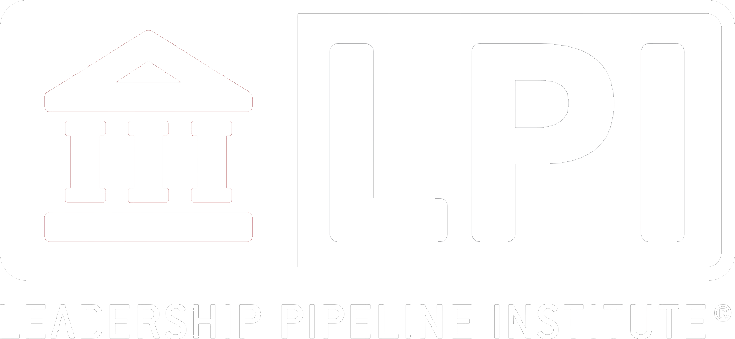
The 5 Tenets of Change
Why do we need change management?
The answer may seem obvious to those of us who are change management practitioners. Still, we can get caught up in the details of our current change initiatives and forget about the roots of our practice, or we may struggle in explaining the need for change management in a clear and simple way to those who are unfamiliar with it.
In fact, a recent Prosci webinar on the 5 Tenets of Change Management revealed that many organizations (and practitioners) still struggle with articulating why a change is necessary and how change management supports business outcomes.
Below is an overview of the 5 Tenets of Change Management:
- We change for a reason
- Organizational change requires individual change
- Organizational outcomes are the collective result of individual change
- Change management is an enabling framework for managing the people side of change
- We apply change management to realize the benefits and desired outcomes of change
Now we can use these tenets to lay the foundation for explaining and justifying change management.
Tenet 1 – We change for a reason
When asked how clearly the reasons for change were articulated in their organizations, only 26% of respondents in a January 2017 webinar said that the reasons were articulated clearly or better.

Change is about moving out of a current state (how things are done today), and through a transition state to reach a desired future state. Usually, the reasons we change are to address a current issue or to take advantage of a future opportunity. Either way, the reason we change is to reach a future state where performance is better than in the current state.
Tenet 2 – Organizational change requires individual change
All too often, business professionals view change as happening at the organizational level. A few examples of this perspective include implementing a new ERP, introducing new documentation and optimization processes, or moving the company to a new location. But each of these initiatives requires individual employees to change the way they currently do their work. Unfortunately, 91% of webinar respondents said that these individual changes–which are crucial to the success of the project–were not clearly defined in their organization.

What if no one used the new ERP software? What if no one followed the new documentation and optimization processes? What if employees refused to move to the new location? Then the changes would not happen. Therefore, the most basic and true unit of change is the individual before the organization.
Tenet 3 – Organizational outcomes are the collective result of individual change
Only when individuals are able to change effectively can we achieve the desired organizational outcomes of the change. There are three components that determine the “effectiveness” of an individual change, which ultimately affect how project ROI, results and outcomes are achieved or missed:
- Speed of adoption – accounts for how quickly employees move through the transition state. The quicker the change is adopted by each individual employee, the more likely the project will come in on schedule and within budget.
- Ultimate utilization – describes how many employees reach their future state. The more individuals that utilize the change, the more likely it is to stick.
- Proficiency – describes how well employees perform in their future state. If employees are able to successfully take on their new role or activities, then the organization can realize the benefits of the change.
Prosci’s change management ROI question sets the tone for how dependent organizational outcomes are on individual adoption and usage. The question to ask yourself, and the project teams and senior leaders you support, is this: What percent of project results depend of people changing the way they work? Respondents on the January 2017 webinar provided their answer to the question, and the results show exactly why change management is necessary:

Tenet 4 – Change management is an enabling framework for managing the people side of change
The first three tenets present the reality of change – that it happens at the individual level – and provide the crucial (and often missing) context for change management. And an email on Monday for training on Tuesday for go-live on Wednesday is not change management. But that is how 39% of webinar respondents see change regularly handled in their organization.

Now we can see just how important the role of the individual is in change; the results and outcomes of a change are based on the success of the individual transitions. Without change management, the individual change process is ignored, resulting in slower speed of adoption, lower ultimate utilization and poorer proficiency. Therefore, without change management, the project may not deliver and there is greater risk that the organization may not realize the expected benefits of changing. Understanding how individual and organizational change occurs demonstrates the necessity of having both an individual and organizational perspective in change management.
Tenet 5 – We apply change management to realize the benefits and desired outcomes of change
We need change management because:
- Results and desired outcomes depend on individual transitions
- There are people-side factors that determine or constrain project ROI
- There are costs and risks of ignoring or mismanaging the people side of change
- Because organizations that apply excellent change management are six times more likely to meet or exceed project objectives than organizations that apply poor change management

This blog post was originally published by Tim Creasey in Proci blog.




